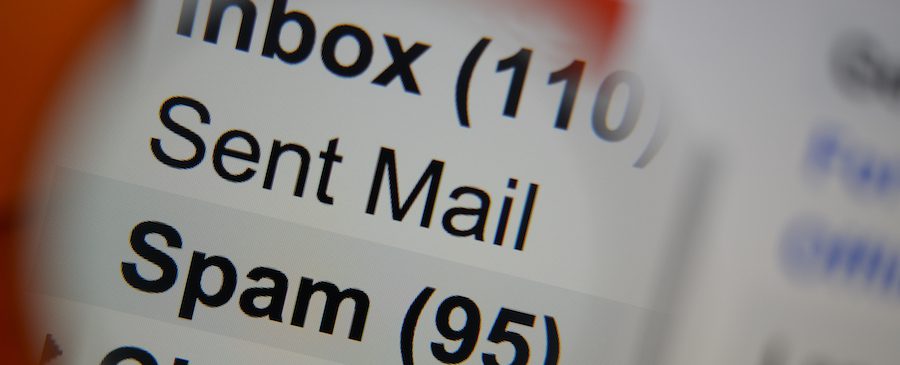The Right Way to Use Purchased Email Lists

Email marketing is one of the best ways to drive sales for both B2C and B2B businesses. Yet so many businesses abuse this tool and the precious email addresses they receive from tradeshows, organizations, and other lists. I always say opt-in practices are best, especially considering I-CANN anti-spam laws and how ignoring these laws can permanently keep your from emailing prospects in the future. However, if you are given the opportunity to email a mass list here are a few things you can do to keep yourself from ending up in spammer jail.
#1 Always Lead With Value
When it comes to marketing and email it’s not about you or your company or the sales you want to make. Instead it’s about the client/prospect—their needs, their pain points, and their wants. They don’t give a damn about your product or service unless you first speak to their needs or give them something they can use first—no strings attached. Leading with a no-strings attached value item takes the pressure off the sale and takes the prospect off the defensive, making them more receptive to learning about you and what you have to offer. So start by giving the client something they can use be it an article, a free sample, or quick tips they can apply and make their jobs/lives easier.
#2 Lower Your Frequency
We are all bombarded daily with emails. It’s hard enough to keep up with the ones we do want, much less the ones we didn’t sign up for. Sometimes its so overwhelming that people just want to do any and everything they can to minimize it—even unsubscribing from content and senders they otherwise would want to hear from. In many cases we just can’t handle the volume at which that sender spews emails out to their network. With email, high quality content sent in fewer intervals is best. Think monthly or quarterly versus daily or weekly and again only send emails when you have something of value to offer.
#3 Keep It Short And Sweet
Novels are for the beach, not the inbox. Emails should be short and to the point and close with a call to action such as “read more by clicking here” or “download the free white paper.” Save the long monologues for your one-woman off Broadway show.

#4 Tell Them Why They Are Getting The Email
Somewhere in your email communication you need to have a section that explains why they are getting an email from you, especially if they didn’t opt in to your email list. Most services like Mailchimp have a content section for this purpose. Say something like “you are receiving this email because you are a member of such and such organization.” Not only does this minimize the spammy feel of your email, it also helps create context for the communication.
#5 Make It Easy to Opt Out
Like it or not some people just flat out aren’t going to want to receive emails from you. By law you need to give them a way to opt-out. Business etiquette calls for you to make that process as easy as possible. A simple unsubscribe button or link at the end of every email is the best and most common way to do this. It’s also best to make the process immediate. If they opt-out and receive three more emails before your opt-out process is completed you are begging for them to file a complaint on your company. If you receive too many complaints you can be fined and worse. Just make it easy and move on. There are plenty of other people who are interested in what you have to say. Focus on them instead.
Overall, if you don’t like it when a company does something to you, don’t do it to your prospects either. I can’t tell you how many times I hear people complain about how another company abuses their email address yet when given the opportunity they do the exact same thing. It’s not worth it to annoy a prospect with excessive, unsolicited emails. Instead focus on creating value and only communicating when you have something meaningful to provide. It may seem like a conservative approach but it pays off big time in the end.

